My Dog Ate Chocolate but Is Acting Fine: Am I Worried Too Much?

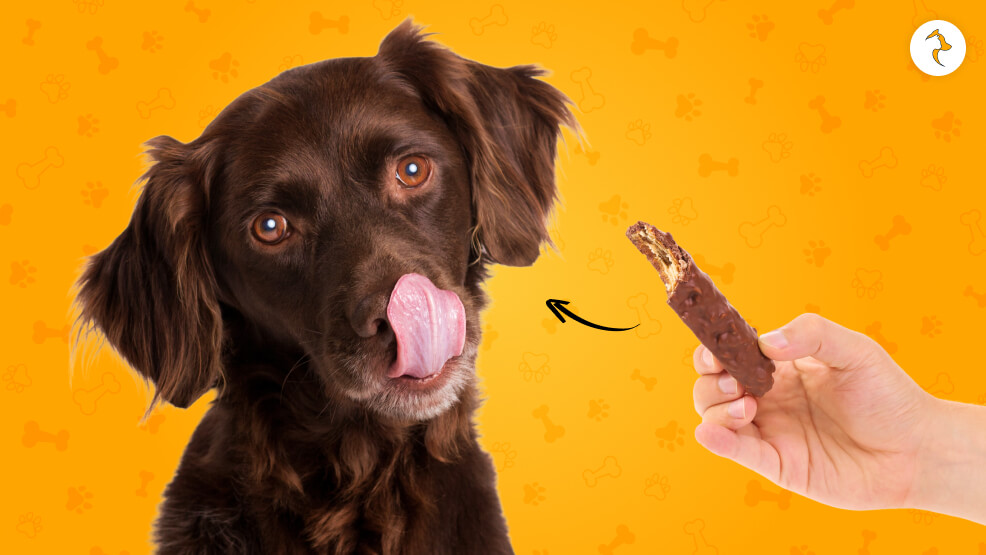
To be candid, knowing your dog had chocolate puts even the best dog owners under enough pressure. Sadder still, although technically chocolate is harmful to dogs. Every dog parents constantly questions his or her judgment on whether his dog should scare him or once the dog starts acting ust fine.
This is a common question of dog parents; my dog ate chocolate but is acting fine. Is it worrisome or not. They might be looking fine on the outside, but there might be other signs you will notice as it can cause problems in dogs.
It is not a small thing for chocolate toxicity to dogs. But it tends not to come with dangerous symptoms right away. You should realize what dangers you have faced and what you have done right so that when you do, you know you should go and seek professional care.
This guide will walk you through everything you may want to know if your dog consumes chocolate but feels fine afterward.
The Potentials Risks of Chocolate Ingestion in Dogs: Why’s It’s Important?
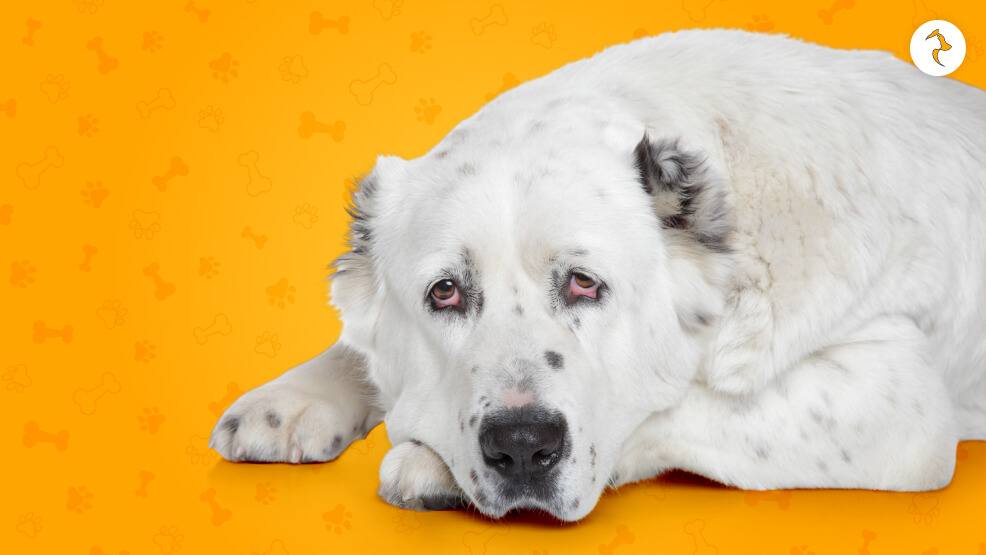
Chocolate is toxic to dogs, and the effect of ingestion depends on the amount, type, and size of your dog. You must be aware of the toxicity of chocolates since small pieces of chocolate are poisonous for your dog.
Danger to your dog depends on the type of chocolate, the amount consumed, and the size of your dog. If your dog appears healthy after consuming the chocolates, be cautious because symptoms do not start overnight.
There are two major toxic substances in chocolate. They are known as theobromine and caffeine; they fall within a family of compounds called methylxanthines. These substances stimulate the nervous system and the cardiovascular system.
Because the metabolism in dogs is slower compared to that of humans, these chemicals become very toxic in the dogs’ system. Chocolate proves toxic even in small amounts and occasionally in cases.
There are many different types of chocolates with varying levels of theobromine. This means that some are safer than others. Let’s break it down to the relative risk of each type of chocolate.
- Dark Chocolate: These are the most toxic forms of chocolates for dogs when considered with the peak of theobromine content in them. In some cases, the slightest quantity of dark chocolates will lead to death due to their toxicity to dogs.
- Baking Chocolate: These also contain highly toxic theobromine content. The threats are higher than dark chocolates. In small amounts, baking chocolate is more dangerous than others.
- Milk Chocolate: Milk chocolate contains less of its theobromine content but can poison your dog in higher amounts.
- White Chocolate: This white chocolate variety contains minute or nonexistent traces of theobromine. Instead, it contains fats and sugars notorious for irritation in the small stomach area.
However, they are not as close to the toxic amounts that one of the darker varieties contained, so they cannot cause such destructive impacts.
Why Is Chocolate Bad for Dogs?
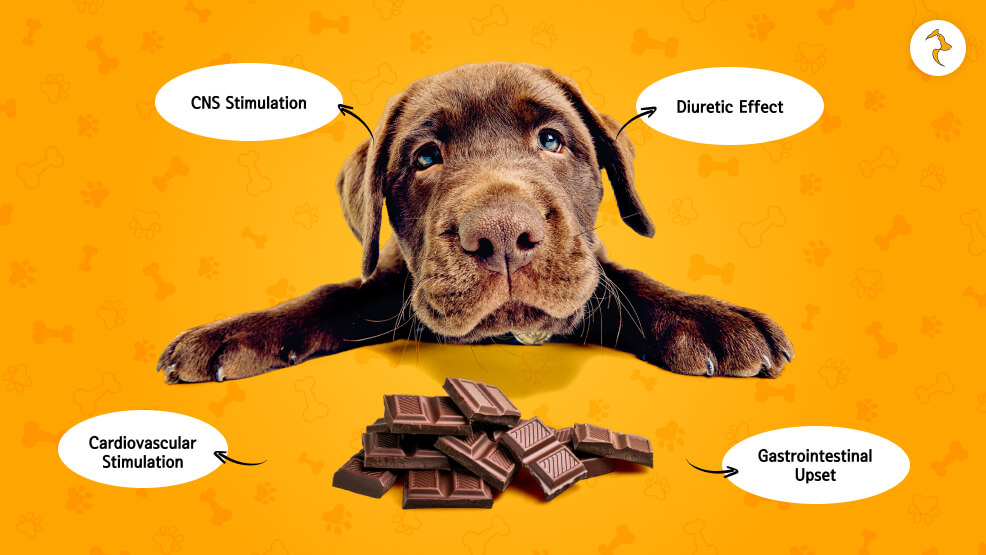
Chocolate is poisonous for one main reason for dogs: methylxanthines. Specifically, it is theobromine and caffeine. Different kinds of chocolates contain different quantities of methylxanthines. Generally speaking, the darker and bitter chocolate is, the more danger it poses for a dog.
This is a stimulant that makes the dog feel an assortment of terrible effects within it, such as those from this list:
- CNS Stimulation: This will stimulate the nervous system in the dog, leading to restlessness, agitation, and tremors.
- Cardiovascular Stimulation: Theobromine enhances the heart rate and renders the heart susceptible to arrhythmia, thus inducing irregular beats. At extreme conditions, the dog might finally experience cardiac arrest or vascular collapse.
- Diuretic Effect: Theobromine will have diuretic effects that enhance the rates of urine excretion; the dog becomes dehydrated.
- Gastrointestinal Upset: Theobromine irritates the stomach of the chocolate-fed dog such that he heaves and gets diarrhea, besides an aversion to eating and drinking.
This might also indicate that some kinds of chocolates’ caffeine may combine with theobromine’s activity. These drugs metabolize in us many times faster than they do in our dog friend, and so, by nature of their metabolite levels, they are far less likely to poison us.
Common Chocolate Sources & Theobromine Content
The amount of theobromine and caffeine varies because of the growing conditions and the variety and source of cocoa beans. Here are some popular chocolates and the amount of caffeine and theobromine it contains.
| Name | Serving | Theobromine content | Caffeine content |
| Kit Kat Wafer Bar | 1 bar (42 g) | 48.7 mg | 5.9 mg |
| Ice Cream Rich Chocolate | 1 cup (148 g) | 178 mg | 5.9 mg |
| REESE’S Peanut Butter Cups (2pk) | 2 cups (45 g) | 32.4 mg | 3.2 mg |
| Doughnut, cake-type, chocolate, sugared or glazed | 1 (3’ diameter) (43g) | 12.6 mg | 0.6 mg |
| Peanut M&M’s | 1 cup (170 g) | 184 mg | 17 mg |
| Ready-to-Eat Chocolate Pudding | 4 ounces (108 g) | 75.6 mg | 2.2 mg |
| Chocolate Chip Cookies, made with margarine | 1 (2+¼ inch diameter) (16 g) | 20.3 mg | 2.6 mg |
| Hershey’s Chocolate Syrup | 2 tbsp (39 g) | 64 mg | 5 mg |
| REESE’S PIECES Candy | 1 pack (46 g) | 0 mg | 0 mg |
| Hershey’s Milk Chocolate Bar | 1.55 ounces (43 g) | 64 mg | 9 mg |
| Hershey’s Semi-Sweet Baking Bar | 1tbsp (15 g) | 55 mg | 7 mg |
| Milky Way | 1 bar (58 g) | 37.1 mg | 3.5 mg |
| Hershey’s KISSES (Milk Chocolate) | 9 pieces (41 g) | 61 mg | 9 mg |
| Generic Hot Fudge Sundae Topping | 1 sundae (158 g) | 77.4 mg | 1.6 mg |
First Response: What to Do if My Dog Ate Chocolate but is Acting Fine?
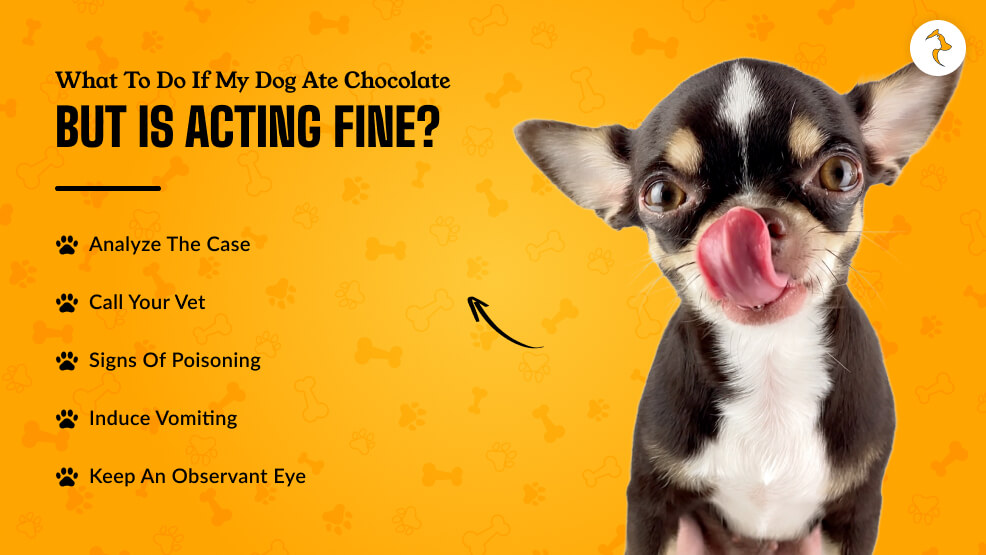
If you suspect your dog has eaten chocolate, do not panic but act. It does not matter how seemingly healthy your dog appears; the development of this toxic effect may be delayed taking hours or, worse, still manifest gradually. Do these things first:
1. Analyze the case
Find out what type of chocolate your dog has ingested and how much they have ingested. Ask your dog when they had it and if the chocolate contained any additional ingredients that are toxic to dogs as well, such as nuts or raisins.
2. Call Your Vet
Call your vet or the nearest emergency animal hospital. Describe to them precisely how much chocolate your dog consumed, what type of chocolate, and what size your dog is. Based on that information, the vet will tell you whether you need to do anything simultaneously.
3. Signs of Poisoning
Poisoning can be before the appearance of symptoms of chocolate intoxication flare up spontaneously, and thus, symptoms might not be observable at first glance. Even when your dog may seem okay, doing something immediately will probably prevent dreadful health conditions.
4. Induce vomiting
If your pet ingested chocolate in the last hour, your vet may advise you to throw your pet up so they can extract the chocolate from your dog’s body. Induce vomiting only if the vet instructs because such activities can harm your pets. The vet can guide you on the process of using hydrogen peroxide or some other safe procedure to induce vomiting.
5. Keep an Observant Eye
Even if your dog seems okay after eating the chocolate, its observation is crucial in the following 24 to 48 hours.
Let vigilant eyes be on the lookout for these symptoms of chocolate poisoning that may appear even while the dog seems fine since they may occur at any later time after consumption of the chocolate.
My Dog Ate Chocolate But Is Acting Fine :Things To Watch Out For During The Monitoring Period:
- Behavioral Changes: Watch out for restlessness, agitation, or hyperactivity. This is among the earliest indicators that your pet might develop from chocolate poisoning.
- Fast Heart: Observe if your dog is experiencing a rapidly beating heart or irregular beats with such force to prevent your pet from breathing appropriately. Immediately see a vet.
- Gastrointestinal Disturbance: Observe your dog’s stool, including vomiting and diarrhea or the sudden loss of appetite as some forms of gastrointestinal diseases.
- Seizure or Tremor: Rigorous shivering and shaking and seizure should not be confused for anything because such a full-scale toxication demands early treatment through veterinary care.
Symptoms That Indicate Chocolate Poisoning in Dogs:
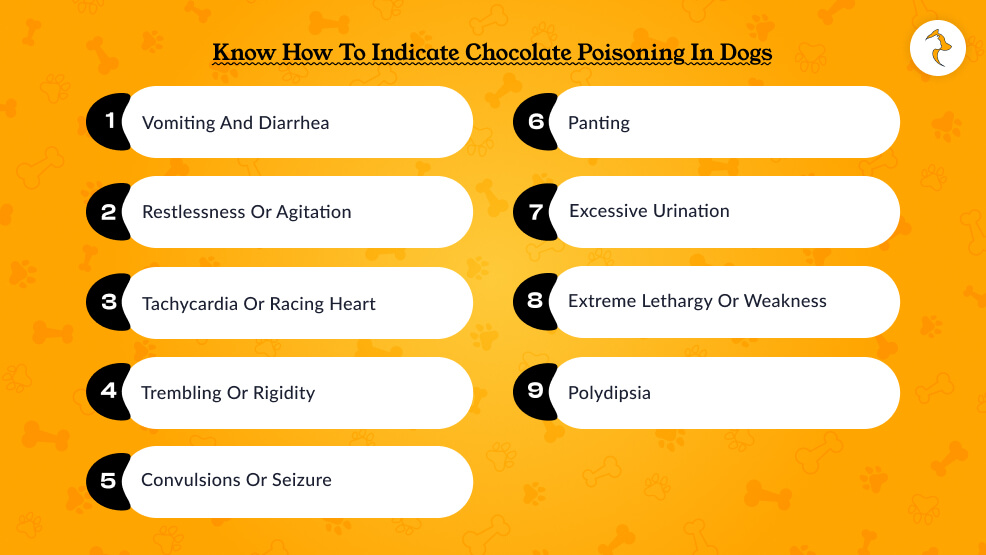
My dog ate chocolate but is acting fine. This is not usual. You need to look out for the symptoms. The symptoms of chocolate poisoning will be either moderate or severe, depending upon the quantity consumed. The most visible signs that occur due to chocolate poisoning include the following:
- Vomiting and Diarrhea: These are two primary symptoms of chocolate poisoning, usually occurring within a few hours after the substance is ingested.
- Restlessness or Agitation: Chocolate impacts the nervous system so that it causes anxiety, overactivity, or failure to rest.
- Tachycardia or Racing Heart: Sometimes, your dog’s heart beats too fast or irregularly.
- Trembling or Rigidity: Trembling or rigidity primarily takes place because of the stimulating impact that chocolate has.
- Convulsions or Seizure: A condition that requires immediate attention in a veterinary treatment and may go into convulsion. This usually occurs in extreme cases.
- Panting: Panting or difficult breathing is heightened because of the stimulant effect chocolate has on your pet’s heart and nervous system.
- Excessive Urination: Theobromine is a diuretic and can cause excessive urination in your pet.
- Extreme Lethargy or Weakness: Extreme lethargy or weakness can indicate that the poisoning has progressed into dehydration or heart problems in your pet.
- Polydipsia: Due to its diuretic effect, your dog might drink more water than it usually does. If your dog shows these symptoms, call your vet immediately.
It will always be an in-clinic visit if a person is in doubt about how much chocolate he fed the dog and when the symptoms of this poisoning have already begun. He appears just fine by now, but there is an exception that chocolate poisoning progresses rapidly within seconds sometimes.
If any foregoing conditions occur on your dog’s side, drive him to a veterinarian immediately. As soon as the dog acts restless, even with its rapid heartbeat, he suffers a seizure if he eats some chocolate, dark chocolate, baked chocolate, and cocoa powder in massive amounts.
- Especially if your pet is small, they do not need to eat many servings here. Such small servings can become problematic.
- It shows laziness, weakness, or vomiting. Your vets can administer fluids intravenously, activated charcoal, and other medications, which can somehow reverse the impact of chocolate poisoning; that is how your dog’s organs can function in recovery.
Prevention: How to Prevent your Dog from Eating Chocolates?

Prevention is better than cure as far as chocolate toxicity is concerned. Here are some tips on how to keep chocolate and other noxious foods away from your dog:
- Save the Chocolate: Store your chocolate only in a safe location, such as a cupboard or a high shelf, where your dog cannot reach it. Never keep any chocolate on countertops or inaccessible locations for your dog.
- Holiday Season: Be much more vigilant during holidays, such as Halloween, Christmas, and Easter, when chocolates will probably be found within your home.
- Communicate to Family and Friends: Educate everyone living in the house, including visitors to permanent members, on how bad chocolate is for your dog. This will deter them from giving the dog any chocolate to be handed out.
- Train Your Dog: Train your dog in simple dog commands like “leave it” or “stay.” These commands can ensure that your dog stays away from chocolate and any other harmful foods.
- Safe Dog Treats: You can feed the dog a safe treat in the form of treats specially prepared according to the requirements.
Wrapping Up!
You may feel quite relieved if your dog appears all right after consuming chocolate. Chocolate toxicity has become one of the very serious issues; your dog can poison and needs your keen senses on the issue.
The gravity of the situation depends on the kind of chocolate he has eaten, the number and quantity of the dog, and the time he has consumed it. It is always advisable to visit your veterinarian for advice if in doubt or for symptoms of potential toxicity.
Awareness of the potential risks, fast action, and preventive measures help protect your beloved dog from being poisoned by chocolate consumption.

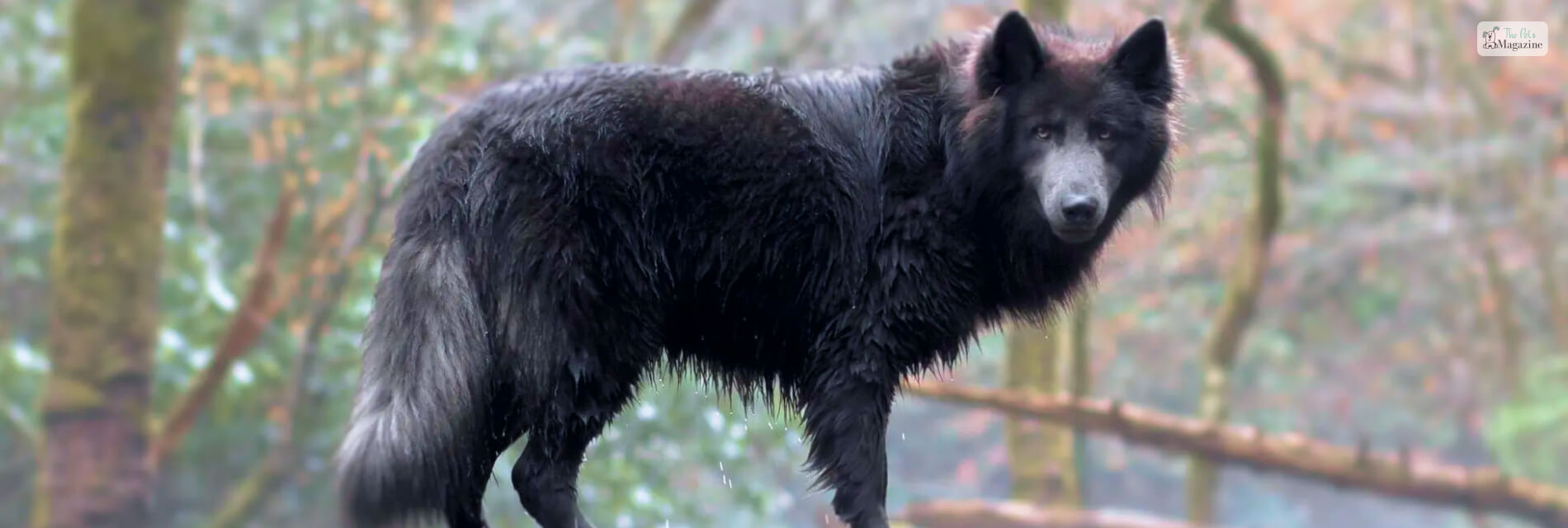


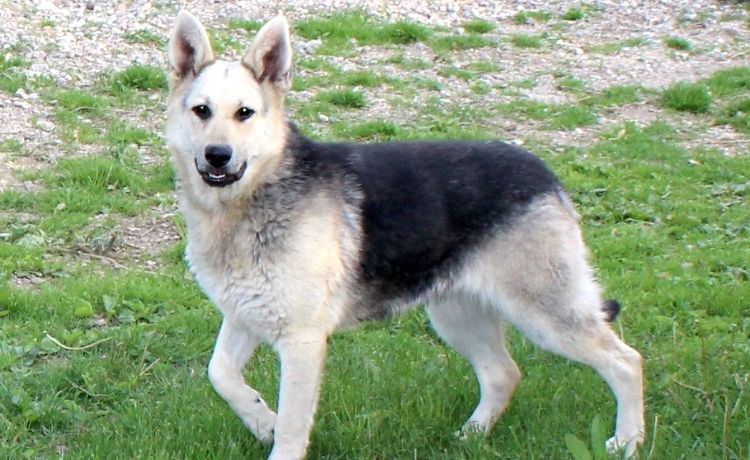



Leave A Comment